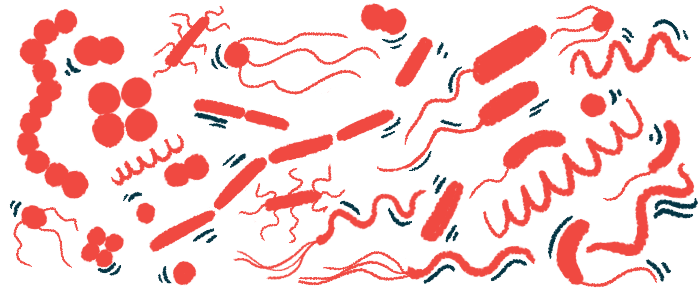Fewer infections in youth with sickle cell anemia on hydroxyurea
Treatment reduced incidence by 60%; by 71% for those needing hospitalization

Treatment with hydroxyurea reduced the incidence of severe or invasive infections by 60% among children in Uganda with sickle cell anemia, the most common and usually the most severe form of sickle cell disease, a recent study reports.
“Our investigation provides powerful justifications for hydroxyurea’s use in children with sickle cell anemia in Africa,” Chandy John, MD, the Ryan White professor of pediatrics at Indiana University School of Medicine and study co-lead , said in a university press release. “Given the high rates of infection in this region, we hope our evidence will encourage ministries of health to continue supporting and expanding access to hydroxyurea for young patients who can greatly benefit from the treatment.”
The study, “Hydroxyurea reduces infections in children with sickle cell anemia in Uganda,” was published in Blood.
Sickle cell features the production of an abnormal form of hemoglobin, the protein that carries oxygen inside red blood cells. The faulty protein forms clumps that deform the cells into a sickle-like shape, obstructing blood flow and leading to an array of symptoms and complications. The disease is widespread in African countries, with the prevalence in some parts of Uganda reaching as high as 45%, according to the World Health Organization. Most children with the severest forms die before age 5.
A common cause of hospitalization and death among children with sickle cell anemia in Africa is infectious disease, which often precedes complications related to the condition. Such complications include hemolytic anemia, or red blood cell destruction, and painful vaso-occlusive crises (VOCs), the result of sickled cells blocking blood flow.
“Infections commonly precede other complications related to sickle cell anemia and often result in hospitalizations that can lead to death,” said Ruth Namazzi, MD, a lecturer in the department of pediatrics and child health at Makerere University, Uganda and the study’s first author.
Hydroxyurea is an oral therapy approved in the U.S. and Europe for treating children with SCD. Its accessibility and acceptance in African countries have been limited, however. Despite positive findings from clinical trials supporting its use in the region, few have examined its impact on infections.
Results of hydroxyurea treatment
The research group previously conducted the ZIPS clinical trial (NCT03528434) to assess whether daily oral zinc (10 mg/day for 12 months) could prevent infections in Ugandan children with sickle cell anemia. Data showed zinc supplementation didn’t reduce infections.
Hydroxyurea was recommended for children during ZIPS, with many parents agreeing to start treatment, enabling researchers to report the incidence of infections in ZIPS before and after hydroxyurea treatment in 117 children. Nearly half (43.6%) were boys with a median age of 2.8.
Hydroxyurea significantly reduced the incidence of severe or invasive infections by 60%. Infections requiring hospitalization declined even more sharply with hydroxyurea by 71%.
The results were consistent across multiple infectious diseases, including bacteremia, gastroenteritis, sepsis, and sinusitis. In fact, the incidence of malaria was reduced by 72%. Fewer lung infections largely drove the decline in clinically defined infections.
The researchers compared the incidence of infections in the hydroxyurea-treated children with 117 children, matched by age, zinc treatment, and month of study enrollment, who didn’t start hydroxyurea. In the period after it was initiated, the relative risk of infection was significantly lower in the hydroxyurea group than the no-treatment group when compared with the period when both groups weren’t receiving hydroxyurea.
“These findings provide further evidence that hydroxyurea treatment was associated with reduced infection,” the researchers wrote.
Hydroxyurea also significantly reduced the incidence of sickle cell-related complications, including hospitalizations, blood transfusions, and VOCs.
Eight of the nine deaths that occurred during the study were among children whose parents declined hydroxyurea. Among the five children whose cause of death was identified, all died of infectious diseases. The only hydroxyurea-treated child who died was given the medicine just four days before death.
“Together, these study results strongly suggest that hydroxyurea treatment lowers malaria incidence and other infections in African children with [sickle cell anemia], thereby reducing an important source of morbidity [illness] and mortality,” the researchers wrote.
“We believe incorporating hydroxyurea treatment as the standard of care for sickle cell anemia across Africa will not only reduce infections, but will more importantly save countless lives,” Namazzi said.







